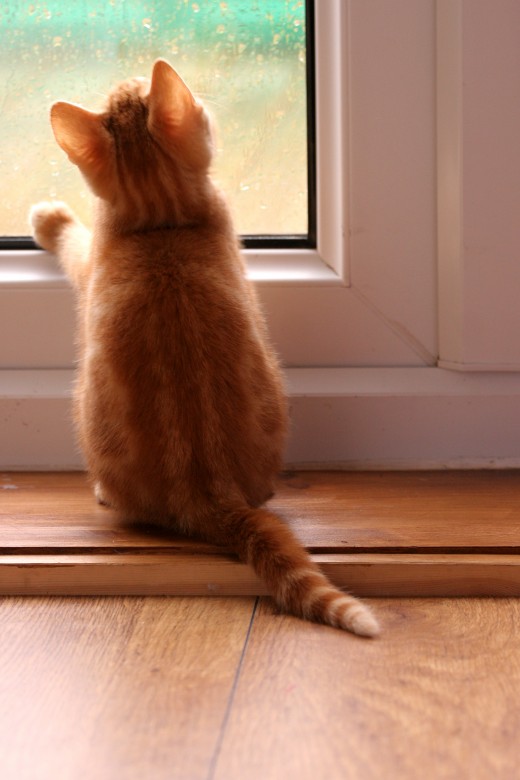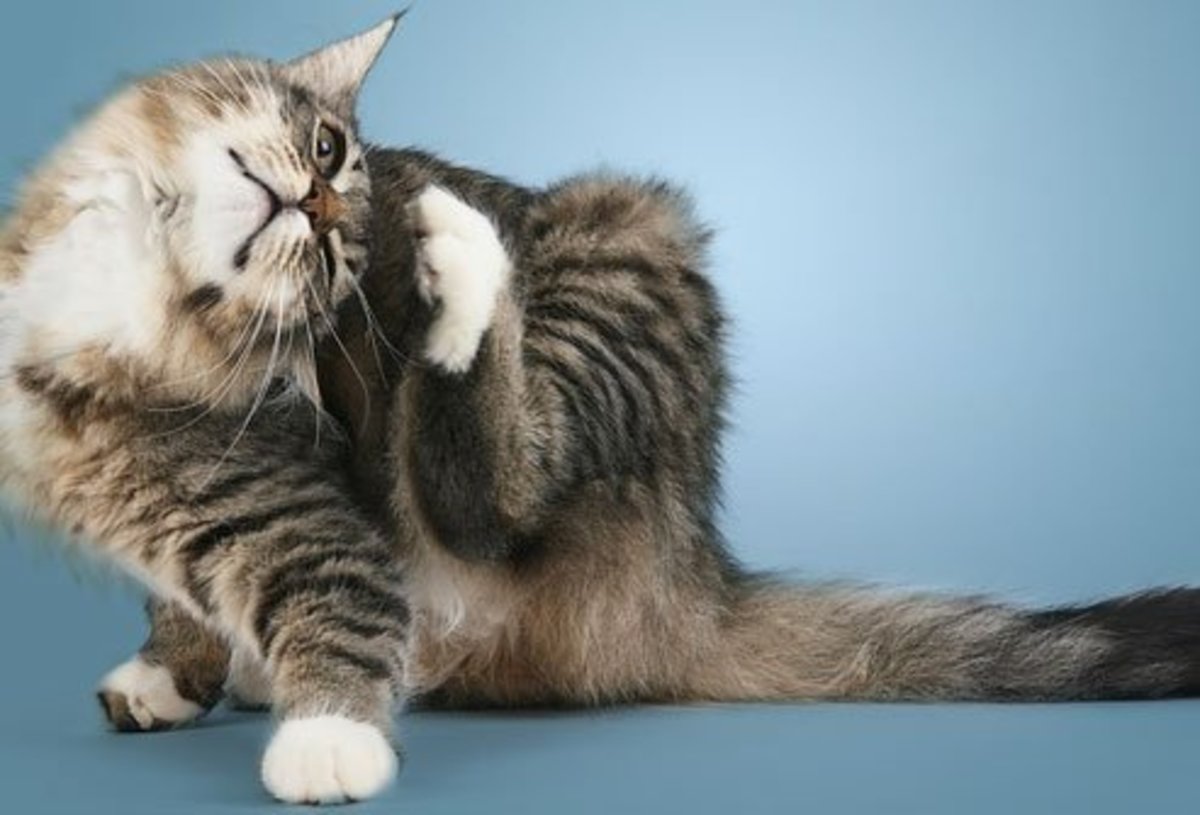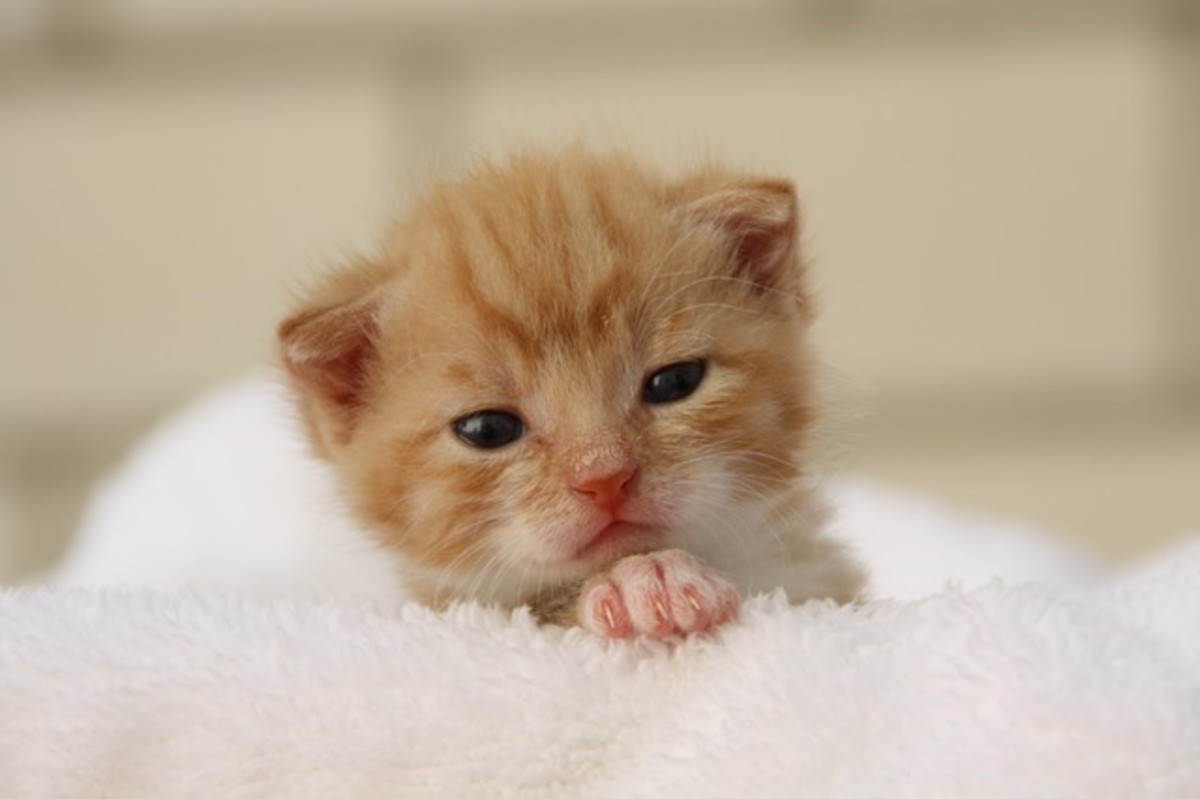- HubPages»
- Pets and Animals»
- Cats & Cat Breeds»
- Cat Health
What Is Feline Leukemia Virus
Feline Leukemia Virus (FeLV) is part of a larger group of viruses, known as retrovirus. FeLV is thought to be among the biggest threats to cats health across the globe. FeLV is closely related to Feline Immunodeficiency Virus (FIV), as well as to HIV. While it is a deadly threat to a cat's health, it is not believed to be communicable between cats and humans, or vice versa.
FeLV is generally passed from one cat to another through saliva, tears, or fecal matter. It's carried throughout the cat's body in the blood stream, and can eventually result in lymphosarcoma, or feline leukemia. Feline leukemia virus is believed to be the leading cause of cancer in cats, and the second leading cause of death in cats, after accidents. Veterinarians and other cats health experts have reported that more than 20% of sick cats have FeLV, and 30% of malignant tumors in cats are the result of the feline leukemia virus.

How Is Feline Leukemia Virus Spread
The most common means of spreading FeLV is through saliva. Usually this means being bitten by another cat that carries the virus, but that's not the only way feline leukemia virus threaten your cat's health. Other possible, though less likely ways for your cat to come in contact with it are through:
• Mutual grooming
• Sharing a food or water bowl with an infected cat
• Sharing a litter box with an infected cat
• Insect bites, such as from fleas or mosquitoes
What Are The Symptoms Of Feline Leukemia Virus
As far as symptoms go, that can be a little tricky. Since FeLV suppresses the immune system, any change in your cats health could technically be a symptom. But in general, a chronic illness, or any health problem that doesn’t improve with traditional treatment is a sure sign that your cat should be tested. Some other common symptoms include:
• Anemia
• Diarrhea, constipation, or blood in the stool
• Weight loss
• Loss of appetite
• Excessive drinking and urinating
It is also possible that, once a cat is infected with FeLV, the virus could lie dormant for years. In this case, you may never see any symptoms.

Feline Leukemia Treatment
Since it is a virus, there is no cure for FeLV. The good news, however, is that 70% of infected cats develop an immunity, and can live a normal life. Others may develop immunities, but suffer breakouts later in life. This is especially true if they suffer a stressful trauma, or are given some types of medications. Always make sure your vet has a complete medical history so he knows to avoid these meds. Otherwise, your cat's health could be seriously threatened.
Historically, the only treatment for cats that were unable to fight off the virus has been to lessen symptoms with antibiotics and blood transfusions; and treating tumors with chemotherapy. Recently, though, the USDA granted license for a drug specifically formulated for symptoms of FeLV, as well as FIV.
Of course, the best treatment is prevention. Basically, this means a well balanced diet, no table scraps, no raw eggs or meats. Plenty of water is important, as well as closely monitoring your cat's health and behavior, and reporting any changes to your vet. Semi-annual physicals are imperative.
Vaccinations are also available. They are typically delivered in two doses, three weeks apart. Annual boosters are required, and some vaccinated cats still get FeLV. The vaccinations have a success rate approaching 95%.

Keep Your Cat Indoors
The only reliable way to protect your cats health and keep them free from feline leukemia virus is to prevent them from coming in contact with it altogether. The only way to do that is to keep them in the house. If you must let your cats out to roam, you should have them tested periodically, because they may not show symptoms for months, or even years after being infected.
Also keep in mind that an outdoor cat's life expectancy is far shorter than that of an indoor cat. Aside from feline leukemia virus, an outdoor cat is vulnerable to chemicals and poisons, parasites, predators, angry neighbors and speeding cars, among other things. On average, an outdoor cat lives for about five years. Happy and healthy indoor cats, on the other hand, don’t face the same kinds of dangers, and usually live 12 to 15 years. Some even reach the age of 20. A good argument against letting them out, no matter how much they think they want it.



